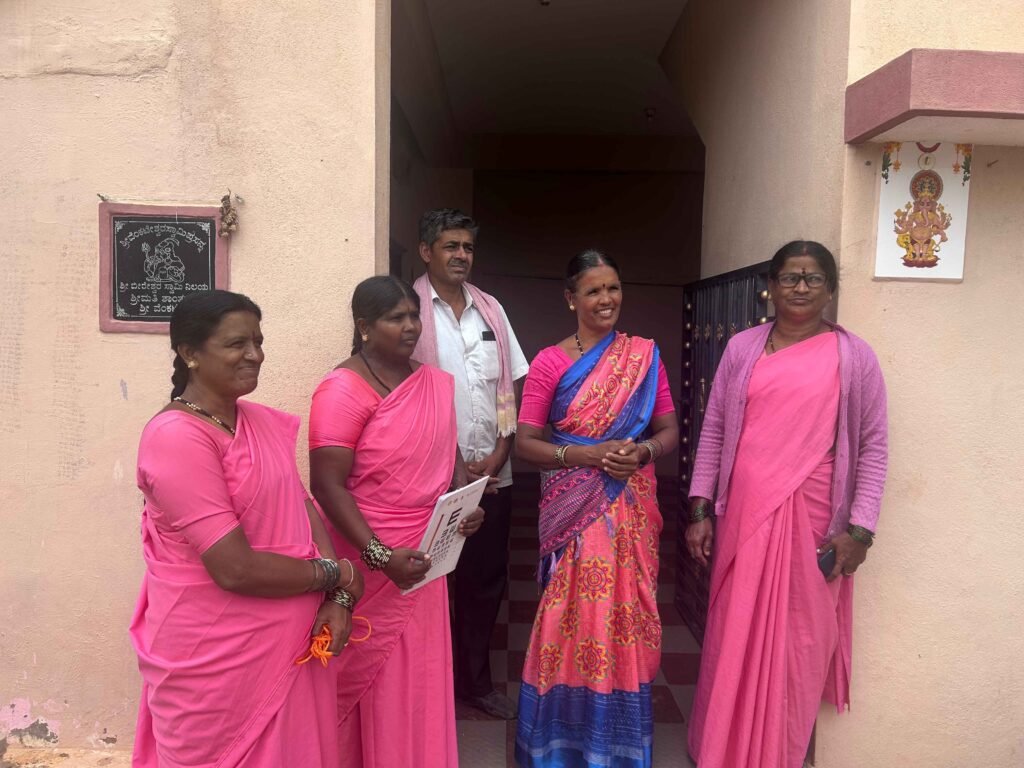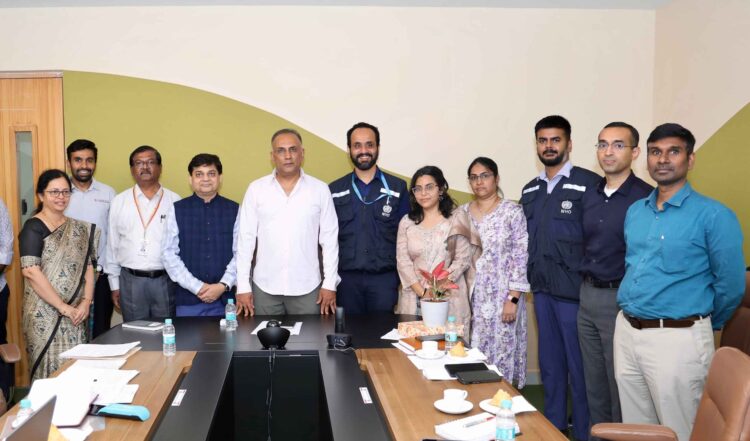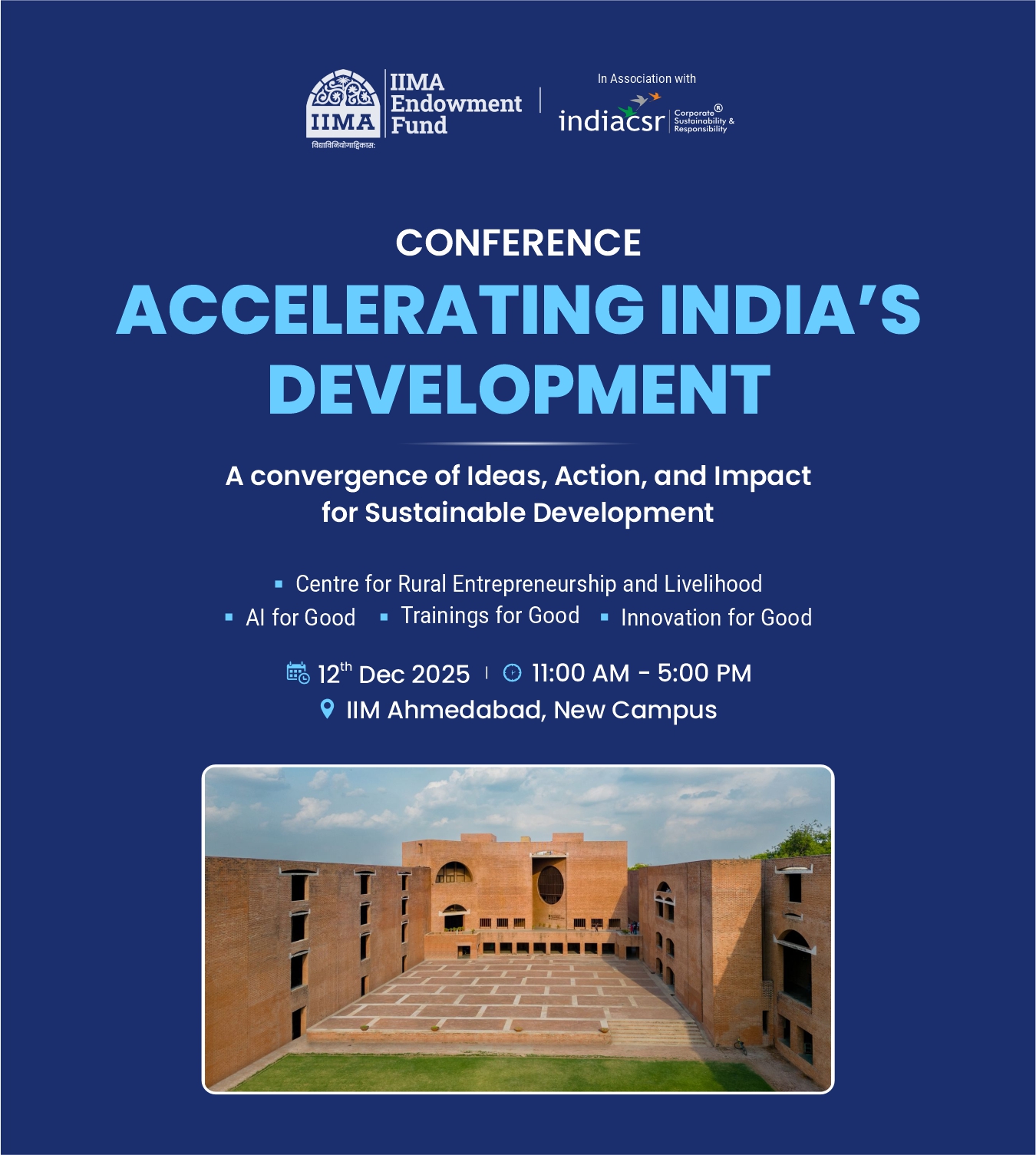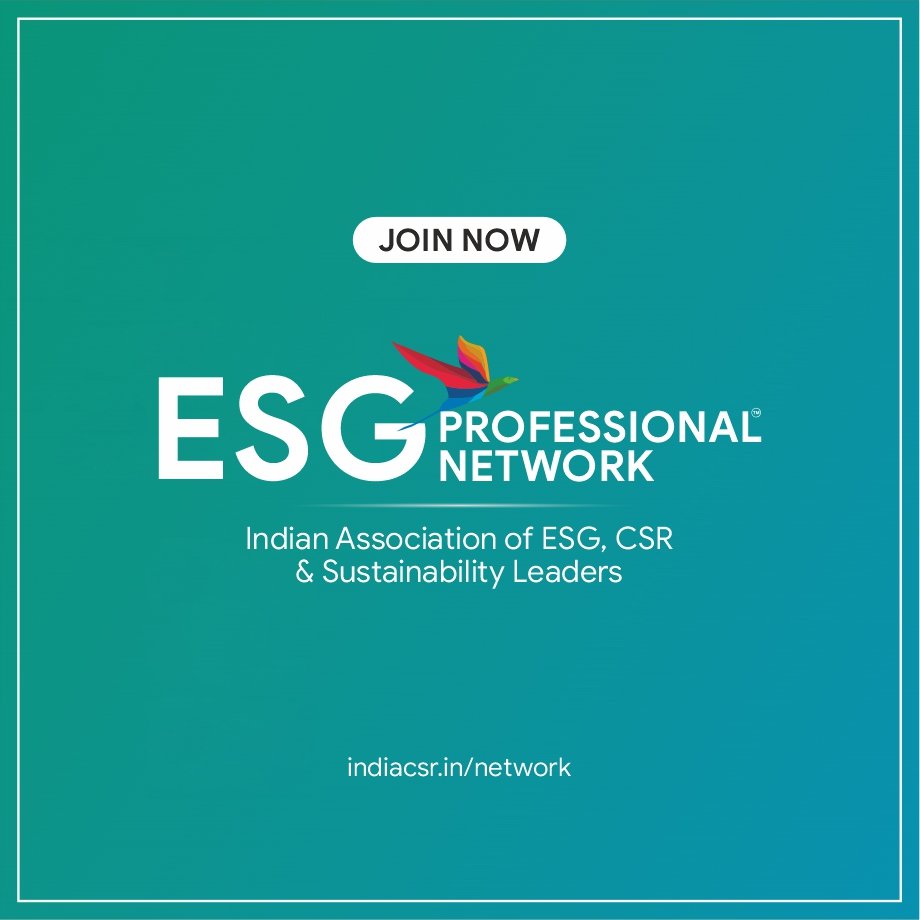Partnership to Scale Karnataka’s ASHA Kirana Model Nationwide
Supporting WHO’s Global Goal to Boost Eye Health Access by 2030
NEW DELHI (India CSR): The OneSight EssilorLuxottica Foundation, one of the largest global foundations dedicated to expanding inclusive access to vision care, has partnered with the World Health Organization (WHO) to accelerate the delivery of vision services in NITI Aayog’s aspirational blocks, supporting WHO’s global SPECS 2030 target to increase effective refractive error coverage by 40% by 2030.
The partnership will document, adapt, and scale Karnataka’s successful ASHA Kirana program, an integrated approach that embeds eye health services within primary healthcare systems. Developed by the Government of Karnataka with the OneSight EssilorLuxottica Foundation as its technical partner, this model has proven effective in providing universal coverage, even in rural and hard-to-reach areas. As a technical partner, the OneSight EssilorLuxottica Foundation designed the door-to-door screening process, trained ASHA (community health) workers, ensured the quality and affordability of spectacles provided, and piloted two vision centers in government hospitals.
Earlier this year, Karnataka committed to expanding the program statewide by setting up 393 new vision centers in government health facilities and training 40,000 ASHA workers to serve all 63 million people in the state. Recognized by both the WHO and the National Programme for Control of Blindness and Visual Impairment (NPCBVI) as a national reference model, ASHA Kirana is now guiding integrated vision care in other states across India.

Talking about this partnership, Anurag Hans, Head of Mission at EssilorLuxottica and President of the OneSight EssilorLuxottica Foundation, said, “Karnataka’s ASHA Kirana program is proof that comprehensive eye care can be delivered at scale when you have the right partnerships in place. We’ve learned that long-term impact requires deep technical collaboration with government systems. Now we’re ready to take these learnings nationwide, working state by state to build permanent capacity that will serve these communities for decades to come.”
Dr Roderico Ofrin, WHO Representative to India, commented: “This partnership demonstrates how locally-led innovations can advance global health priorities. By strengthening primary eye care and community-based delivery in India’s aspirational blocks, this initiative will provide valuable insights for improving access and equity in eye health. The learnings from this collaboration will inform and complement efforts like SPECS 2030 in diverse settings worldwide, supporting countries to accelerate progress towards integrated people-centered eye care in a sustainable and context-appropriate way.”

Dinesh Gundu Rao, Minister of Health and Family Welfare, Government of Karnataka said, “The Government of Karnataka remains committed to delivering quality healthcare services at the doorstep of every citizen. The ASHA Kirana program is a key initiative designed to extend eye health services to the grassroots level. As part of this effort, 393 vision centers have been established across the state, providing sustainable and accessible eye care to communities. We are proud that the World Health Organization has recognized the ASHA Kirana model and expressed interest in documenting it for potential replication in other states and countries.”
For communities in aspirational blocks, vision impairment creates significant barriers to participating fully in social and economic life – limiting access to education, healthcare services, and livelihood opportunities. The partnership addresses these challenges by integrating eye health services into existing primary healthcare systems, strengthening health infrastructure while expanding opportunities for India’s most underserved populations.
Implementation will begin with pilots in five aspirational blocks identified by NITI Aayog, where the ASHA Kirana model will be adapted to local health systems and community needs. These pilots will generate the evidence, tools, and policy guidance needed for scale-up across other states with a high burden of uncorrected refractive errors.
By embedding eye health into India’s primary healthcare system, the partnership will strengthen existing health infrastructure, build long-term capacity, and expand opportunities for underserved communities. In doing so, it contributes directly to the WHO’s SPECS 2030 target on effective refractive error coverage and supports India’s wider commitment to universal health coverage.
The World Health Organization
World Health Organization (WHO) is the United Nations’ specialized agency for Health. It is an intergovernmental organization and works in collaboration with its Member States usually through the Ministries of Health. The World Health Organization is responsible for providing leadership on global health matters, shaping the health research agenda, setting norms and standards, articulating evidence-based policy options, providing technical support to countries, and monitoring and assessing health trends. India became a party to the WHO Constitution on 12 January 1948. The first session of the WHO Regional Committee for South-East Asia was held on 4-5 October 1948 in the office of the Indian Minister of Health. The WHO Country Office for India is headquartered in Delhi with a country-wide presence. The WHO Country Office for India’s areas of work are enshrined in its Country Cooperation Strategy (CCS) 2019-2023.
The NPCBVI, Government of India
The National Programme for Control of Blindness & Visual Impairment (NPCBVI) was launched in the year 1976 as a 100% Centrally Sponsored scheme with the goal to reduce the prevalence of blindness from 1.4% to 0.3%. As per the Survey in 2001-02, the prevalence of blindness is estimated to be 1.1%. Rapid Survey on Avoidable Blindness conducted under NPCBVI during 2006-07 showed a reduction in the prevalence of blindness from 1.1% (2001-02) to 1% (2006-07). Various activities/initiatives undertaken during the Five-Year Plans under NPCBVI are targeted towards achieving the goal of reducing the prevalence of blindness to 0.3% by the year 2020.
The OneSight EssilorLuxottica Foundation
The OneSight EssilorLuxottica Foundation is a registered charitable organization dedicated to eliminating uncorrected poor vision within a generation. As part of EssilorLuxottica’s commitment to universal vision care, the Foundation works to expand access for millions in underserved communities worldwide. It is also the Global Collaborating Partner of the World Health Organization’s SPECS 2030 initiative, which focuses on refractive error, myopia prevention, and improving access to vision care in low-resource settings.
Table: Key Facts about WHO–OneSight EssilorLuxottica Foundation Partnership
| Particulars | Details |
|---|---|
| Partnership Announced On | October 7, 2025 |
| Partners | World Health Organization (WHO) and OneSight EssilorLuxottica Foundation |
| Objective | To expand access to vision care in NITI Aayog’s aspirational blocks |
| Global Alignment | Supports WHO’s SPECS 2030 target to increase effective refractive error coverage by 40% by 2030 |
| Model for Scale-up | ASHA Kirana Program – developed by Government of Karnataka with OneSight EssilorLuxottica Foundation as technical partner |
| Key Components | Door-to-door eye screening, ASHA worker training, affordable spectacles, vision centers in government hospitals |
| Statewide Expansion | 393 new vision centers and 40,000 trained ASHA workers to serve 63 million people in Karnataka |
| Implementation Pilot | 5 aspirational blocks identified by NITI Aayog |
| National Recognition | Endorsed by WHO and NPCBVI as a national reference model for community eye care |
| Long-Term Goal | Integrate vision care into India’s primary healthcare system and achieve sustainable universal eye health coverage |
(India CSR)





